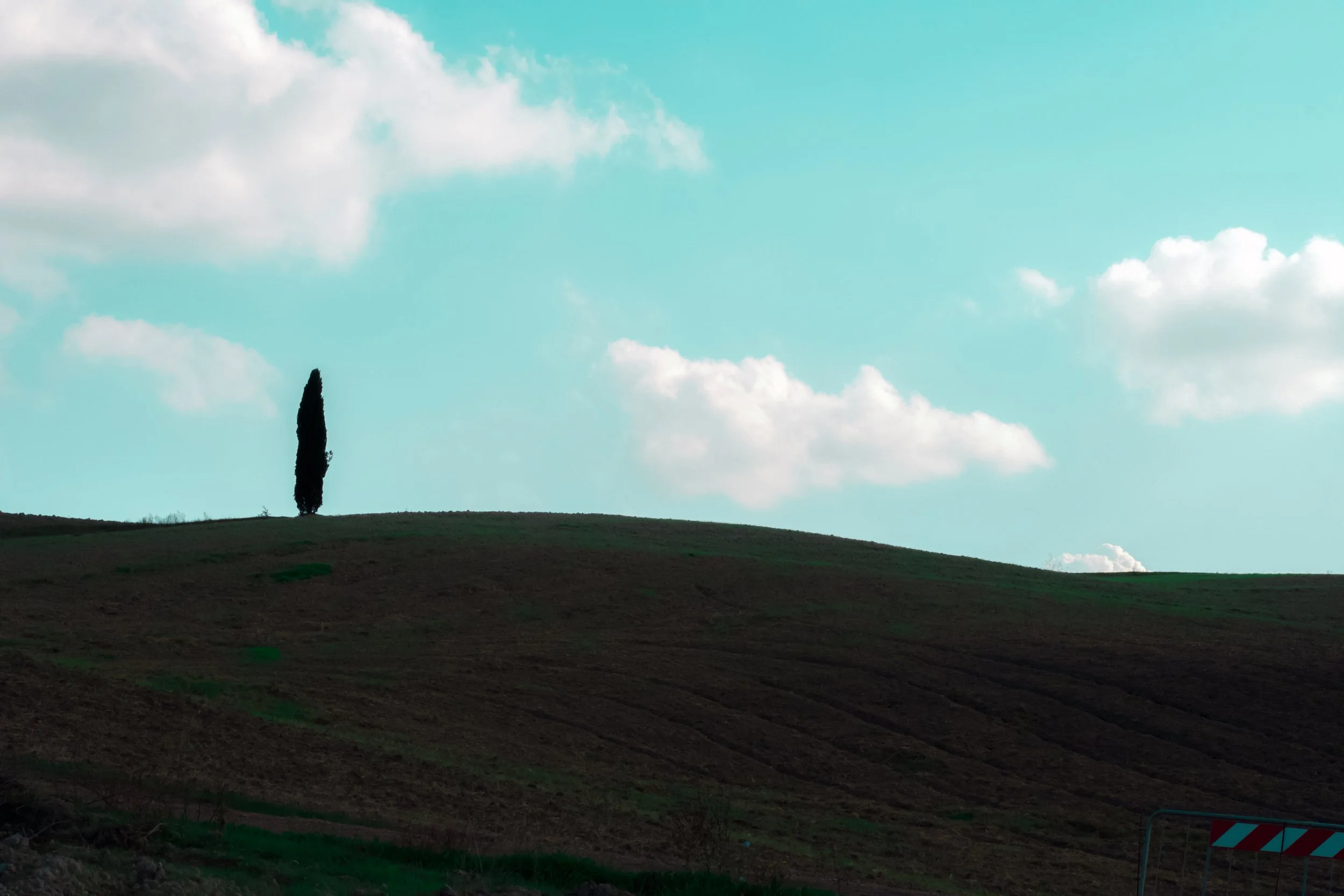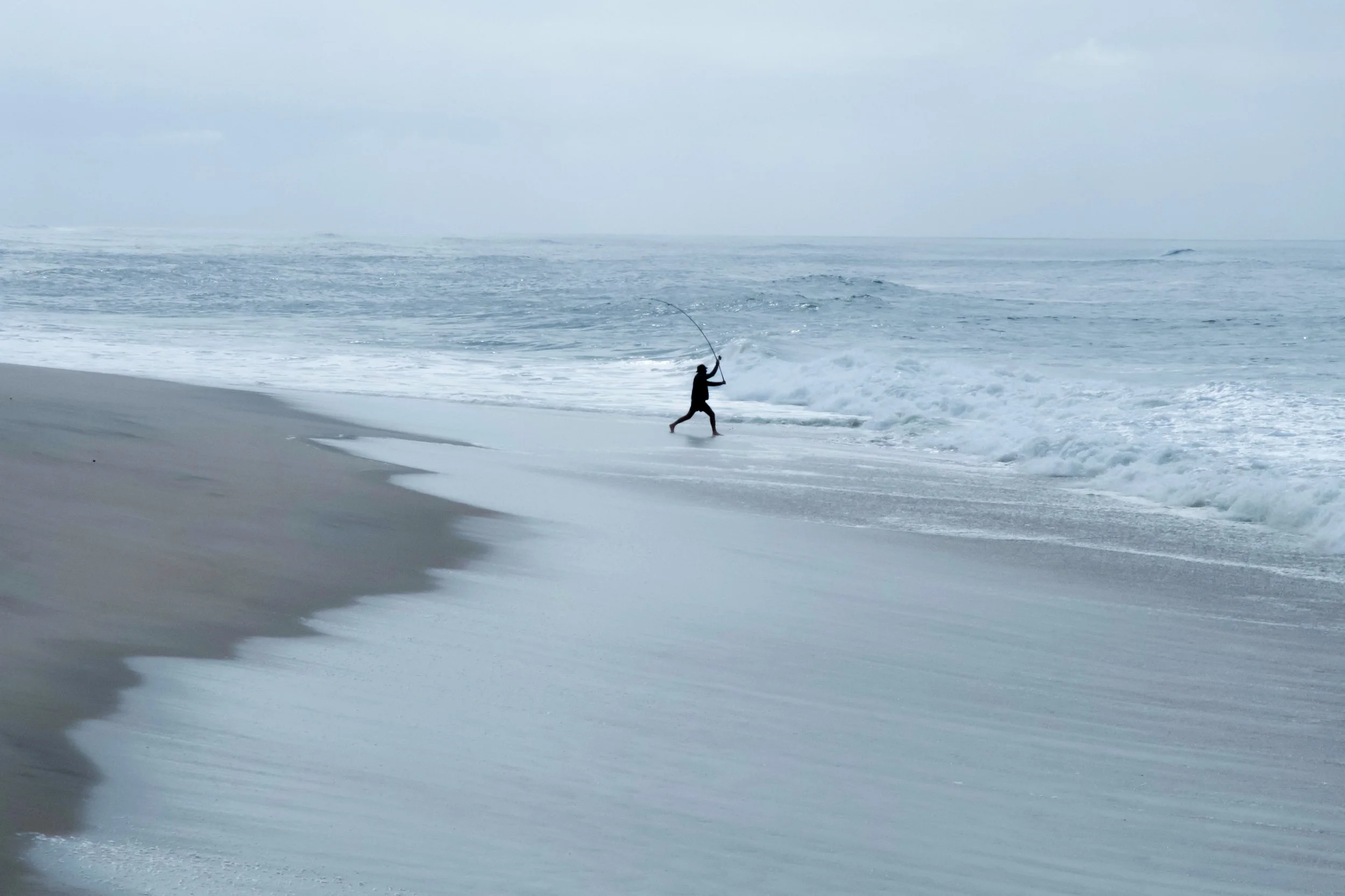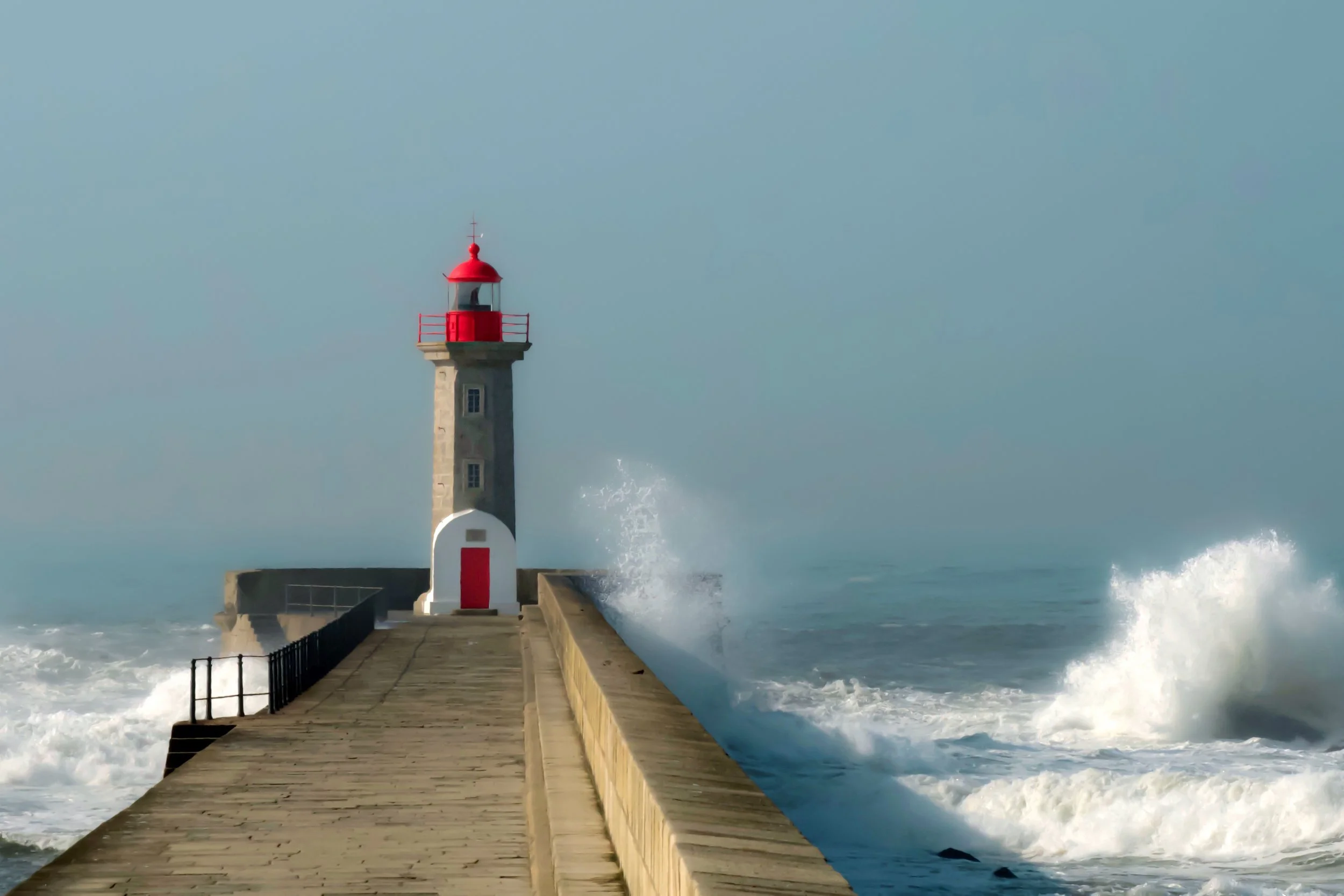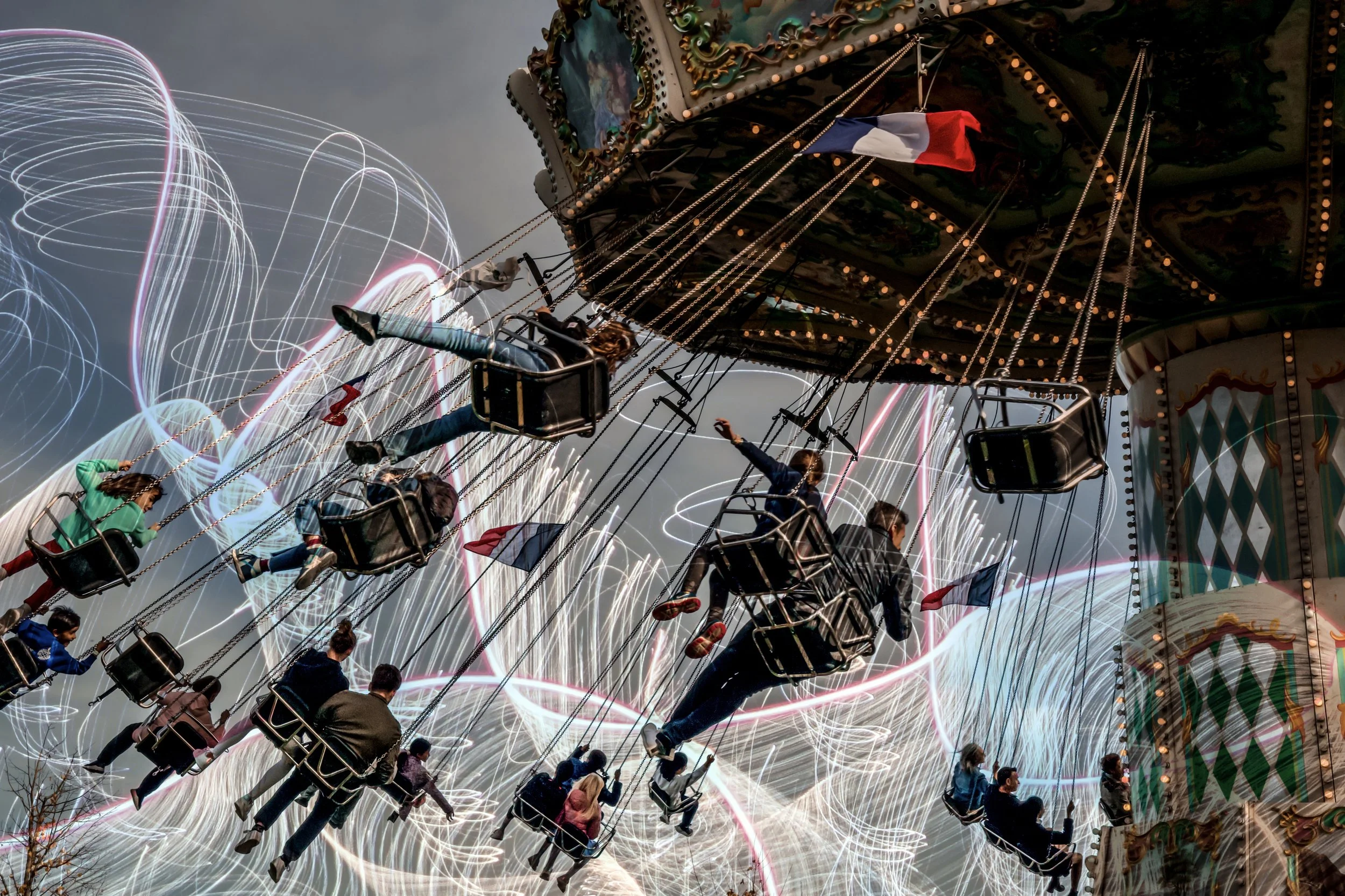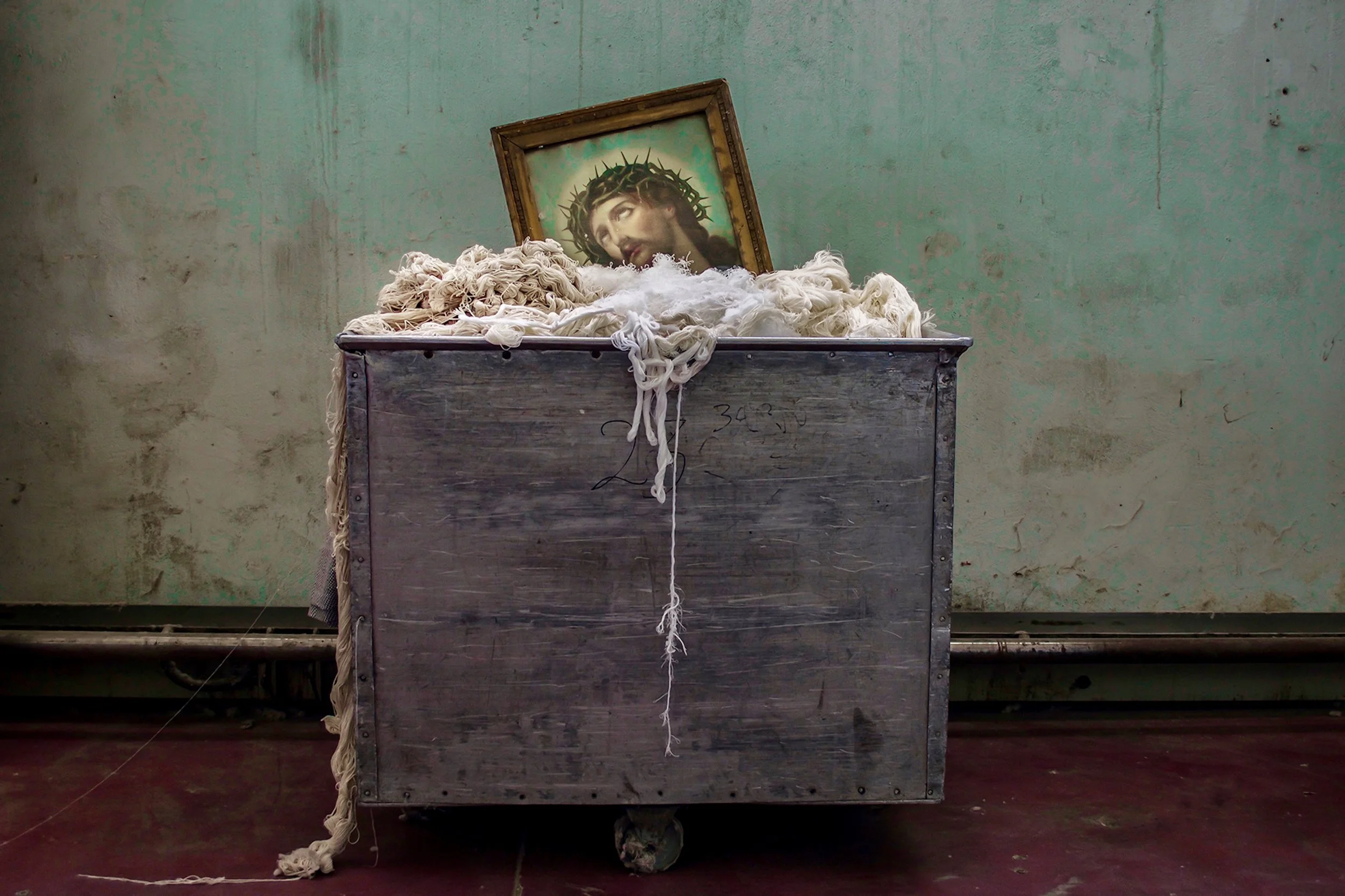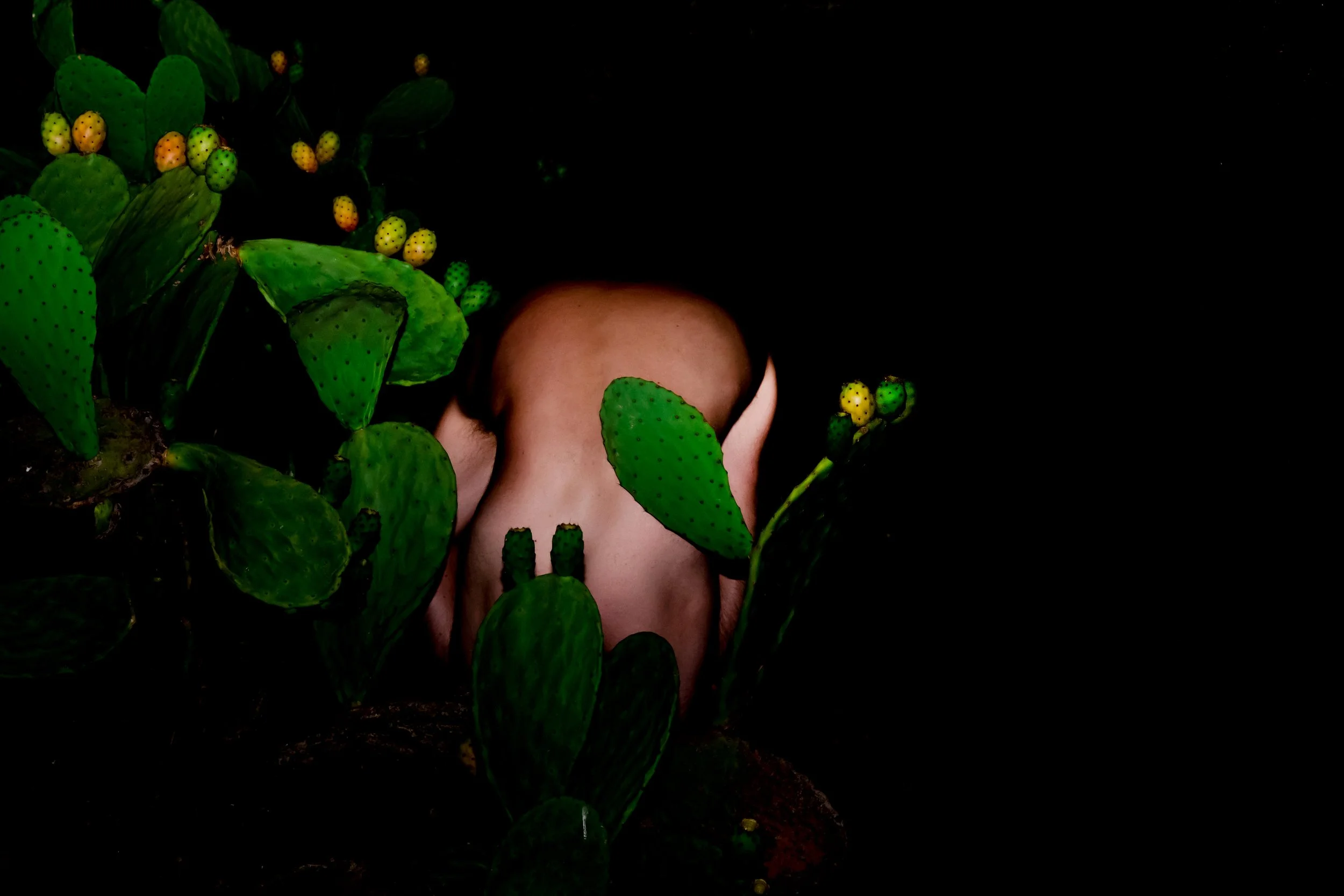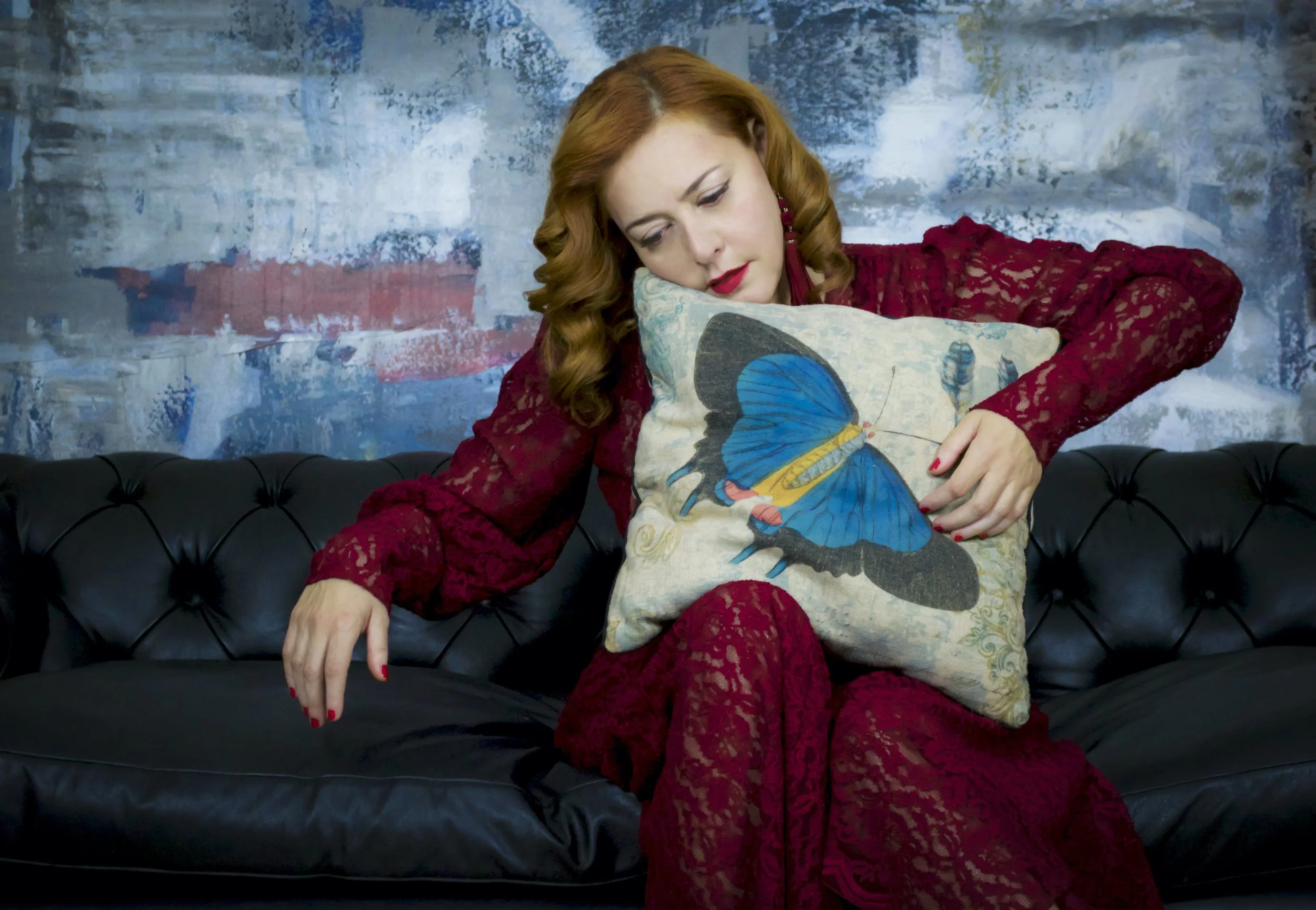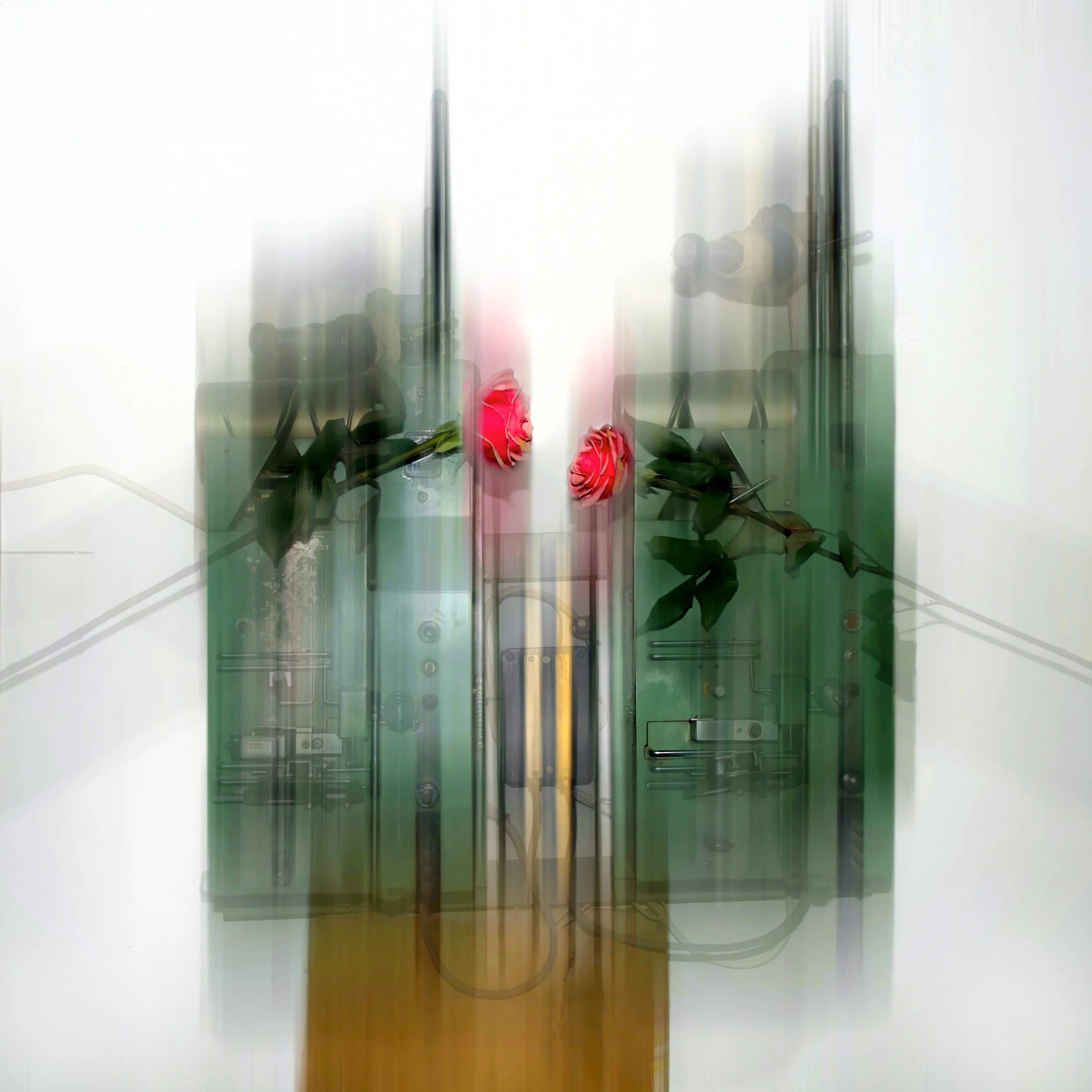Alexandros Emmanouilidis
The photographer who lives and works in Athens, Greece is recognized for exploring the abstract or form-focused, characterized by eroticism and inwardness capturing not only what is seen, but also the invisible, metaphysical side of things, he drives the viewer to seek and achieve emotional connection, transcending the limiting frameworks of space and time. Each image constitutes an autonomous universe telling a story that includes many readings. The human element is somehow always present, even when all it has left is its suggestive imprint.
His first individual exhibition, entitled RAW, took place in Athens in 2017. His work has been exhibited all over the world, highlights include: The Estacao Expo in Portugal, the SwissArt Expo in Zurich, the Urbanside Gallery in Zurich, the Tana Art Space and the Cipriarte Gllery in Venice, the Boomer Gallery in London, the Art Number 23 UK Gallery, the Wynwood Art Hotspot in Miami ,the Nolita Artspace in New York, the LuminousEye Gallery, the Peiraeus Bank Conference Centre, the Tsihritzi Visual Arts Institution, the 'Artzone 42' Gallery, the Kapsiotis 'Gallery of the South', the 'Romanzo' Cultural Centre, the Chili Art Gallery in Athens, the 'Venus Art Gallery' in Mykonos island, the Moxy Athens Hotel, etc.
Alexandros has collaborated with UNESCO on a visual action framework in 2019/2020 and participated in the Southern Balkan Photo Festivals. His work has been honored and awarded worldwide and published in various art books and magazines such as VANITY FAIR UK, Lens Magazine, Life Magazine London,Αrt Market Magazine Golden List, Artist Talk Magazine London, No Name Collective London, Docu Magazine, Artist Close Up, Bruxelles Art View, The Black Rabbit in US, Jaamzine Creative Singapore etc.
Alexandros, your recent recognition with the prestigious Artista Index Award further validates your unique voice in contemporary fine art photography. How do you perceive this award not only as a personal honor, but also as a confirmation of your ongoing exploration of the metaphysical in photography, and in what ways do you believe such distinctions impact the reception of your work within the global art community?
Receiving the Artista Index Award was a profound moment — not as validation in the conventional sense, but as a quiet confirmation that my ongoing dialogue with my art resonates beyond borders. For me, every recognition is less about prestige and more about connection. It affirms that there are viewers who sense the invisible threads running through the work — the silent spaces between what is seen and what is felt.
Such distinctions can open new channels of visibility, but I see them primarily as bridges rather than spotlights. The global art community, after all, thrives on exchange, not hierarchy. What matters most is that each award allows the work to travel further — to reach new eyes and new sensibilities capable of perceiving the intangible.
Your images are often described as abstract, inward, and charged with eroticism, yet they simultaneously transcend the visible world to touch on the invisible and metaphysical. Could you share how you navigate this delicate threshold between sensuality and transcendence, and what role the unseen or even the unspeakable plays in guiding the narratives of your photographs
For me, photography is an act of intimacy — not only with the visible, but with the forces that move beneath its surface. The erotic in my images is not about desire but about vulnerability, the tension between what reveals itself and what remains veiled.
I often find that the threshold between sensuality and transcendence is where truth resides: in that fragile space where the physical dissolves into emotion, and the image becomes a vessel for something unspeakable. The unseen is my silent collaborator — it dictates the rhythm, the shadow, the breath of each frame. In this sense, my photographs are not depictions of reality but meditations on its hidden pulse.
In your exhibition “Beyond Lens / Art Unleashed,” the viewer is invited into a balancing act between the real and the imaginary. How do you orchestrate this duality in your creative process, and what strategies or intuitions allow you to destabilize conventional perception so that the audience may access multiple readings within a single frame?
“Beyond Lens” was born out of a desire to explore the unstable border between what is real and what is imagined. In my creative process, I do not aim to document but to destabilize perception — to let the familiar slip into the unknown.
I often work intuitively, allowing ambiguity to take shape as form and rhythm. The goal is not to control interpretation but to create an opening where multiple readings can coexist. In that space of uncertainty, the viewer becomes an active participant — not a spectator, but a co-creator of meaning.
You often emphasize that the human element is always present in your work, even when reduced to its most subtle imprint. How do you approach the representation of humanity in such elusive ways, and what does this approach reveal about your philosophical stance on existence, presence, and absence in the context of contemporary visual storytelling?
Even when the human body is absent, its presence lingers — like an echo, a trace, or a memory of movement. Humanity, for me, is not confined to form; it is an energy that breathes through light, texture, and silence.
This approach reflects my belief that existence is defined as much by absence as by presence. In contemporary visual storytelling, I see photography as a philosophical act: to reveal how fragile and sacred our sense of being really is. What I seek to capture is not the body itself, but the emotional residue it leaves behind.
Having exhibited globally from Zurich and Venice to London, Miami, and New York your work has been contextualized within diverse cultural frameworks. How do different audiences respond to your visual language of abstraction and inwardness, and do you adapt your practice in anticipation of these varied cultural interpretations, or do you prefer to let the universality of your vision remain unmediated?
Exhibiting internationally has shown me that abstraction can transcend cultural and linguistic barriers. While interpretations differ — a European viewer may sense melancholy where an American one perceives sensual tension — the emotional undercurrent remains universal.
I never tailor my work to an audience. The universality of the inner experience is enough. If the images are honest, they will speak — no matter the context. I prefer the dialogue to remain open, unmediated, allowing each culture to project its own myths and emotions onto the work.
Your collaboration with UNESCO on a visual action framework suggests that your photography extends beyond the personal or aesthetic to engage with collective and institutional narratives. How do you reconcile the intimacy of your inner explorations with the broader societal or cultural missions when collaborating with such organizations?
My collaboration with UNESCO was an important experience because it allowed me to align inner vision with collective purpose. The challenge was to maintain intimacy while engaging with broader narratives of heritage, culture, and identity.
I approached it not as a compromise but as a dialogue — between the personal and the universal. Art, when sincere, can move fluidly between both spaces. It can reveal the emotional truth within institutional frameworks, reminding us that even the grandest cultural narratives begin with a single human perception.
Your first solo exhibition “RAW” in Athens marked a pivotal moment in your trajectory, setting the tone for the metaphysical inquiries that have since defined your career. Looking back, how has your vision evolved from “RAW” to your latest projects, and in what ways has your philosophical and artistic framework deepened over these years of global exposure and recognition?
“RAW” was my beginning — a declaration of vulnerability and honesty all in black and white. At that time, I was more instinctive, less concerned with philosophy. Over the years, through exposure to different cultures and dialogues, my vision has matured; it has become more contemplative, yet also more daring.
Today, I see each image as an act of questioning rather than statement. The evolution lies not in style but in consciousness — a deeper awareness of how form, light, and silence can express the metaphysical dimensions of existence.
Photography for many remains tied to notions of documentation and realism, yet your work persistently dissolves these boundaries, proposing instead autonomous universes where time and space lose their grip. What, in your view, is the ethical and existential responsibility of the photographer who chooses not to mirror reality but to invent realities that destabilize it?
I have always believed that photography is not a mirror but a portal. The camera, for me, is not a tool of documentation but of transformation. To invent reality is not to escape it; it is to reveal the unseen dimensions that coexist within it.
The ethical responsibility of such an approach lies in sincerity. One must never manipulate truth for spectacle but rather expand it — to allow the viewer to confront their own perceptions. By destabilizing what is familiar, the photograph becomes an act of liberation from certainty.
The presence of your work in international publications ranging from Vanity Fair UK to Art Market Magazine’s Golden List places your images in both high art and popular contexts. How do you experience this dual circulation, and do you believe fine art photography today benefits from its ability to simultaneously inhabit both the intellectual sphere of galleries and the more democratic spaces of magazines and digital media?
I see the coexistence of my work in both high art and popular contexts as a healthy tension. Being featured in magazines like Vanity Fair UK alongside fine art publications expands the dialogue — it brings my art closer to the everyday.
Fine art photography today thrives in this dual circulation. The digital era has dissolved the old hierarchies, allowing a poetic image to live simultaneously on a gallery wall and on a screen. What matters is not the platform but the authenticity of the visual language.
Your oeuvre suggests that each image is not merely a photograph but an autonomous story layered with multiple readings. How consciously do you construct these interpretive multiplicities, and what do you ultimately hope remains with the viewer, an emotional residue, a philosophical question, or perhaps an unresolved tension that continues to unfold long after the encounter with your work?
Each photograph begins as a conversation with silence. I never impose meaning; I invite it. The layers and multiple readings that emerge are not constructed but discovered during the process — through intuition, emotion, and surrender.
What I hope remains with the viewer is not an answer but a sensation — an emotional residue, a question that lingers. If an image continues to unfold within someone long after they’ve seen it, then it has fulfilled its purpose. That lingering uncertainty is, to me, the purest form of connection.
Kindest Regards

